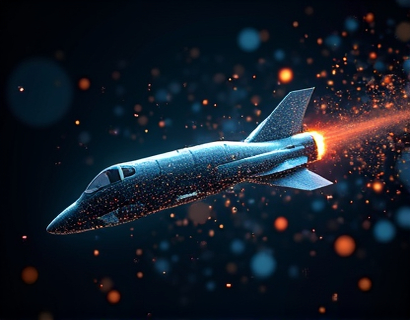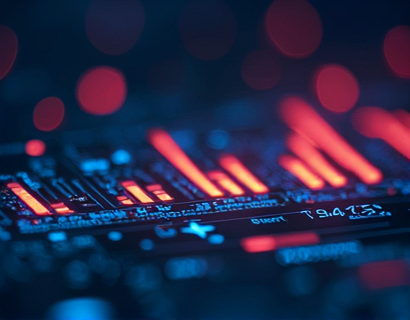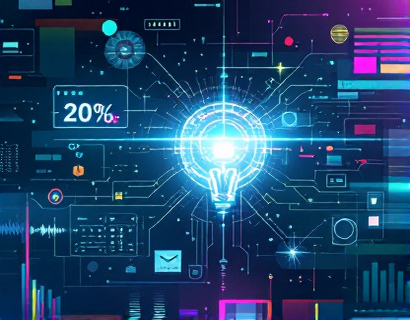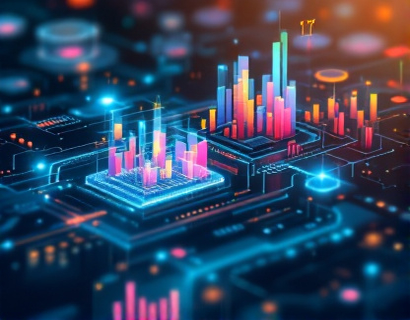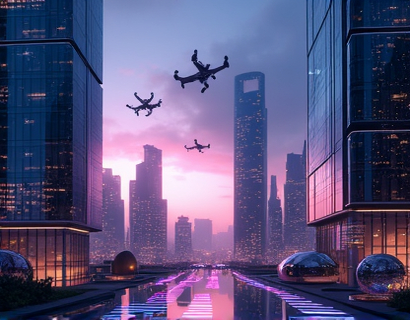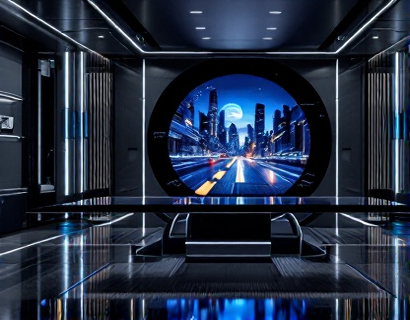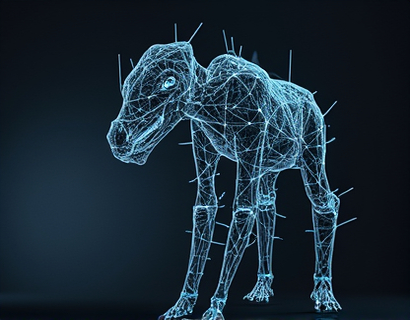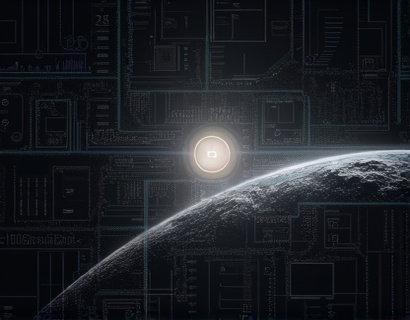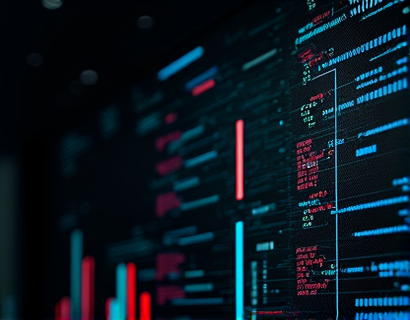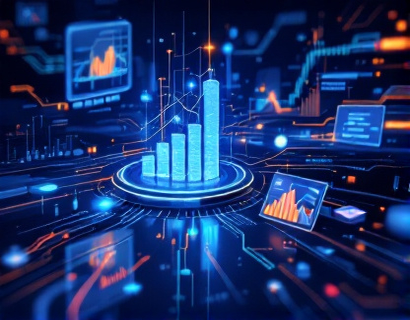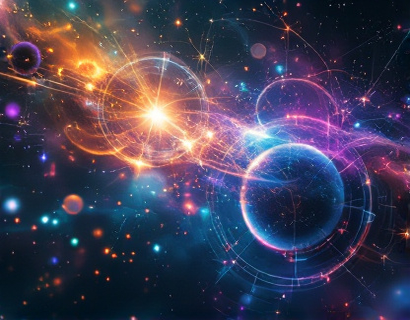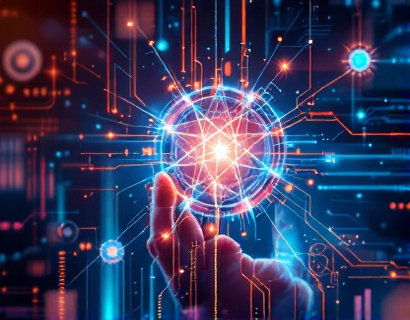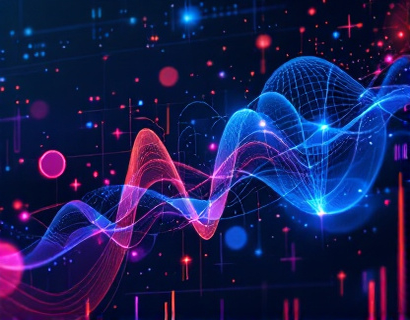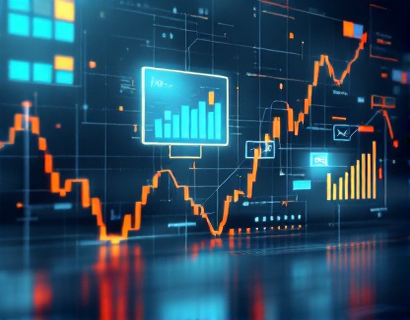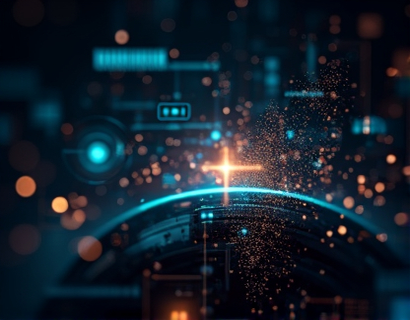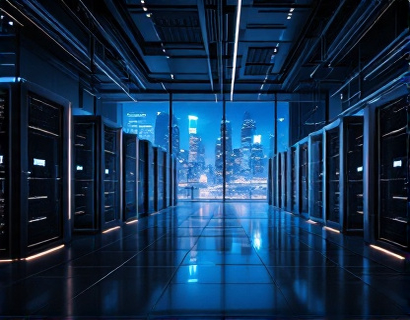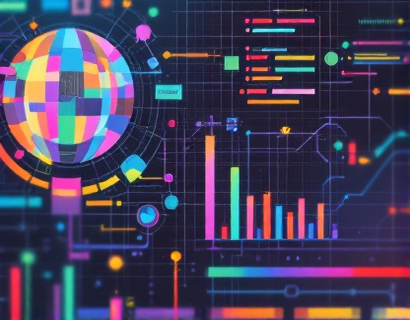Transforming Digital Experiences: The Synergy of AI and Crypto
The intersection of artificial intelligence and cryptocurrency is giving rise to a new era of digital innovation, where blockchain technology and machine learning converge to create transformative applications. This convergence, often referred to as BlockchainAI, is redefining the way we interact with digital services and applications, offering enhanced security, efficiency, and user experiences. As technology continues to evolve, understanding the potential of this synergy is crucial for tech enthusiasts and professionals alike.
Understanding Blockchain and AI
Blockchain technology, at its core, is a decentralized ledger that records transactions across multiple computers in a way that ensures security, transparency, and immutability. It is the foundation of cryptocurrencies like Bitcoin and Ethereum, but its applications extend far beyond digital currencies. On the other hand, artificial intelligence involves the simulation of human intelligence processes by machines, particularly computer systems. These processes include learning, reasoning, and self-correction.
When combined, blockchain and AI create a powerful toolset for developing applications that are not only secure and transparent but also intelligent and adaptive. Blockchain provides the infrastructure for trustless and decentralized systems, while AI brings the capability to process and analyze vast amounts of data to make informed decisions.
The Role of Blockchain in Enhancing AI Applications
One of the primary ways blockchain enhances AI applications is through data integrity and security. In traditional AI systems, data is often centralized and managed by a single entity, making it vulnerable to breaches and manipulation. Blockchain's decentralized nature ensures that data is distributed across a network, reducing the risk of single points of failure and enhancing data integrity.
Smart contracts, self-executing contracts with the terms directly written into code, can automate and enforce the rules governing AI data usage and model training. This automation reduces the need for intermediaries, lowering costs and increasing efficiency. For instance, in machine learning model training, smart contracts can ensure that data providers are compensated fairly and that data usage complies with agreed-upon terms.
AI-Driven Optimization of Blockchain Networks
Conversely, AI can optimize blockchain networks by improving their performance and scalability. Blockchain networks often face challenges related to transaction processing speed and energy consumption. Machine learning algorithms can analyze network data to identify bottlenecks and optimize resource allocation, leading to faster transaction times and reduced energy usage.
For example, AI can be used to develop more efficient consensus mechanisms, which are critical for validating transactions in blockchain networks. Traditional consensus mechanisms like Proof of Work (PoW) are energy-intensive and slow. AI-driven solutions can propose and implement new consensus algorithms that balance security, decentralization, and efficiency.
Decentralized AI: A New Paradigm
The concept of decentralized AI, or DeFi (Decentralized Finance) in the context of AI, is gaining traction. In a decentralized AI ecosystem, models and data are distributed across a network of nodes, eliminating the need for centralized servers. This approach not only enhances privacy and security but also democratizes access to AI technologies.
Decentralized AI platforms allow developers to build and deploy AI models without relying on centralized cloud services. These platforms use blockchain to manage model deployment, data access, and computation resources, ensuring that all participants are rewarded fairly. This model fosters innovation by lowering barriers to entry and encouraging collaboration among developers and researchers.
Use Cases of BlockchainAI
The potential applications of BlockchainAI are vast and varied, spanning multiple industries. Here are some key use cases that highlight the transformative impact of this synergy:
- Supply Chain Management: BlockchainAI can enhance transparency and traceability in supply chains. By recording every step of the supply chain on a blockchain, companies can ensure the authenticity and quality of products. AI algorithms can analyze this data to predict demand, optimize inventory, and detect fraud.
- Healthcare: In healthcare, patient data can be securely shared across different providers using blockchain, ensuring privacy and compliance with regulations like GDPR. AI can analyze this data to provide personalized treatment recommendations and predict disease outbreaks.
- Finance: BlockchainAI can revolutionize the financial sector by enabling secure and transparent trading, reducing fraud, and automating compliance. Smart contracts can execute trades based on predefined conditions, while AI can analyze market data to make informed investment decisions.
- Internet of Things (IoT): IoT devices generate massive amounts of data that can be leveraged by AI for predictive maintenance and optimized resource management. Blockchain ensures that data from these devices is secure and tamper-proof, enhancing trust in IoT applications.
Challenges and Considerations
While the potential of BlockchainAI is immense, there are several challenges that need to be addressed to fully realize its benefits:
First, the technical complexity of integrating blockchain and AI requires expertise in both domains. Developers need to understand the intricacies of blockchain protocols and AI algorithms to create effective solutions. This dual expertise is still in short supply, making it challenging to build a skilled workforce.
Second, scalability remains a significant issue. Blockchain networks, especially those using proof-of-work consensus, can handle only a limited number of transactions per second. AI applications often require high throughput and low latency, which current blockchain technologies may not support. Research into more scalable blockchain solutions, such as sharding and layer 2 protocols, is essential.
Third, regulatory and legal frameworks are still evolving to address the unique challenges posed by blockchain and AI. Ensuring compliance with data protection laws, anti-money laundering regulations, and other legal requirements is crucial for the adoption of BlockchainAI solutions.
Future Prospects
The future of BlockchainAI is promising, with ongoing research and development poised to overcome current limitations. As blockchain technology matures and becomes more scalable, and as AI algorithms become more efficient and accessible, the potential applications will continue to expand.
One exciting area is the development of AI-powered blockchain governance systems. These systems can use AI to monitor network activity, detect anomalies, and propose improvements to the blockchain protocol. This self-improving ecosystem can enhance the resilience and adaptability of blockchain networks.
Another promising direction is the integration of blockchain and AI in decentralized identity management. By combining blockchain's secure and decentralized storage with AI's ability to manage and verify identities, users can have greater control over their personal data and online presence.
Conclusion
The convergence of AI and blockchain is ushering in a new era of digital innovation, where the strengths of both technologies are harnessed to create seamless, secure, and intelligent applications. As this field continues to evolve, it is essential for tech enthusiasts, developers, and businesses to stay informed and embrace the opportunities presented by BlockchainAI. By doing so, we can unlock new possibilities and drive the next generation of digital solutions.




